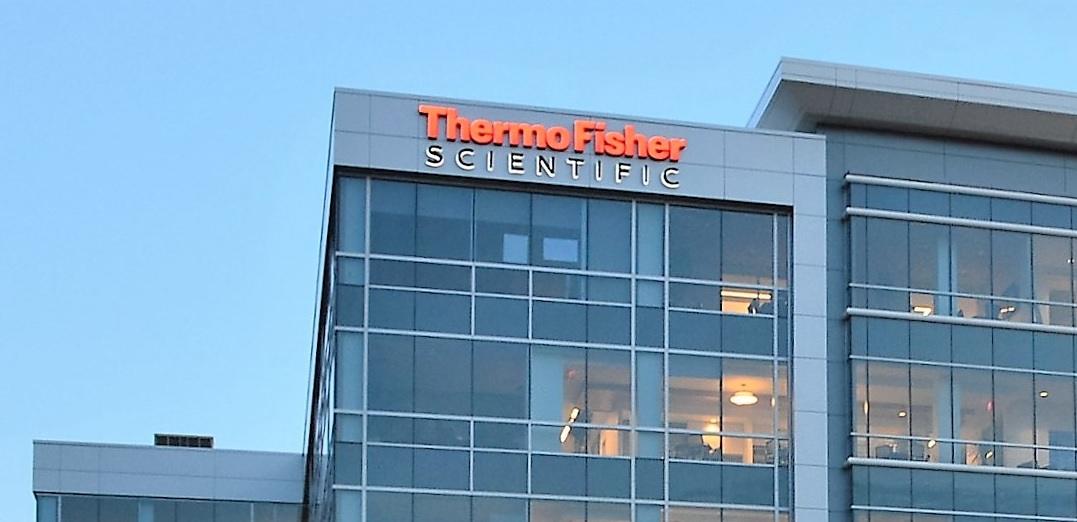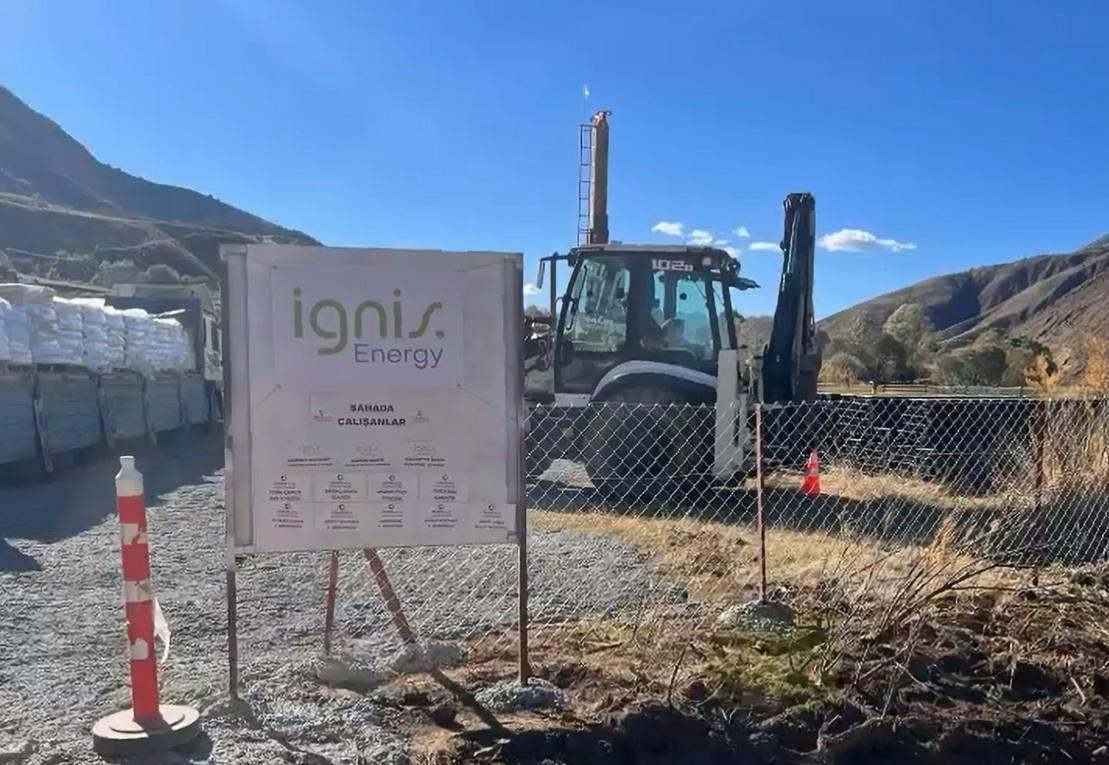Thermo Fisher Covers Half of its U.S. Electricity Needs with Renewable Energy
Healthcare and life sciences-focused solutions provider Thermo Fisher Scientific announced today that it has signed an eight-year virtual Power Purchasing Agreement (VPPA) with power provider Enel North America for the delivery of renewable energy equal to half of the company’s U.S. electricity consumption.
Under the terms of the VPPA, Thermo Fisher will purchase approximately 400,000 megawatt hours (MWh) from Enel’s Seven Cowboy wind project in western Oklahoma.
The agreement follows Thermo Fisher’s announcement last year of a set of environmental sustainability goals, including a target to reach net zero carbon emissions by 2050. Increasing the use of renewable energy was one of the actions highlighted by the company to reach its net zero goal, alongside improving the energy efficiency of its facilities, and reducing waste in operations.
Konrad Bauer, Senior Vice President, Global Business Services at Thermo Fisher, said:
“By sourcing electricity from new wind and solar facilities we can help our customers meet their Scope 3 greenhouse gas reduction targets. This project will more than double our use of renewable energy and, combined with our $20 million investment in green infrastructure earlier this year, supports our commitment to a net-zero value chain by 2050.”
Thermo Fisher stated that it plans to eventually transition most locations globally to renewable energy. Today, more than 60 of the company’s sites worldwide are fully powered by renewable electricity, including seven facilities generating 3.5 MW of solar power and 3 MW of wind energy. Another 15 MW of solar power projects are planned.
The Seven Cowboy Wind Project is expected to be operational by the second half of 2023.
Paolo Romanacci, head of Enel North America’s renewable energy business, Enel Green Power, added:
“From policymakers and business leaders alike, momentum continues to build in the transition to clean energy. This agreement enables both Thermo Fisher and their customers to move closer to their sustainability goals – an important step forward that supports new clean energy on the grid while decarbonizing their value chain.”





